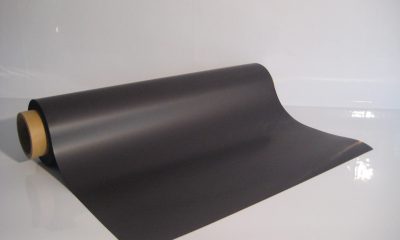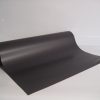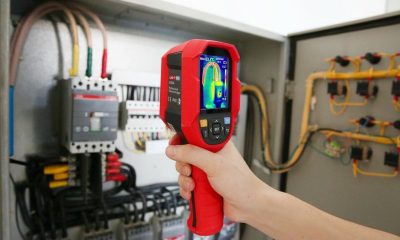Tech & Gadgets
PWM vs. MPPT Solar Charge Controller: Which One Can Benefit You the Most?
Any system that stores energy in a battery needs some type of device to regulate the flow of energy into the batteries. In a solar panel system, this is the job of the solar charge controller. A solar charge controller manages the continuous cycles of charging and discharging of the solar battery bank. Even if you’ve chosen one of the best solar batteries, there’s still the risk of overcharging which can damage them. And that’s why a solar charge controller is an absolute must.
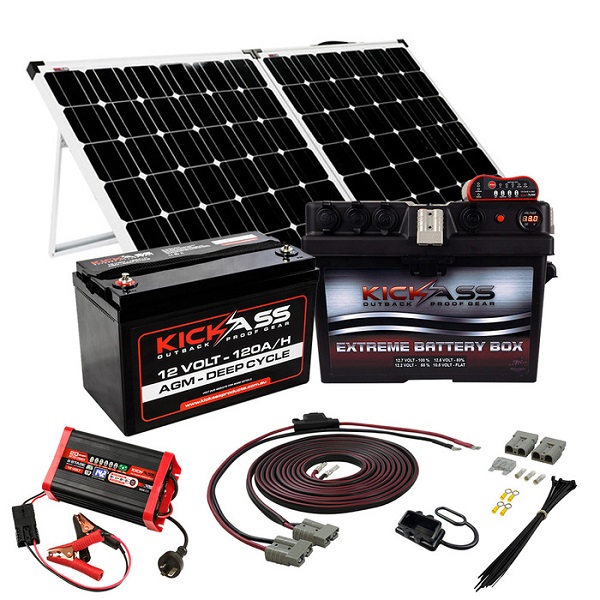
There’s a common misconception that a 12V panel generates 12V voltage. In fact, the voltage in the panel is actually higher than that what’s listed. Usually, a 12V panel can roduce a voltage around 16 to 20V. And these voltages are too high for standard 12V solar batteries and can reduce their lifespan or damage them. With that being said, a solar charge controller is a must-have element in any solar panel system.
Solar charge controllers are available in two different technologies: PWM (Pulse Width Modulation) and MPPT (Maximum Power Point Tracking). Which one is the right for you can depend on several factors. Let’s take a look at the benefits and disadvantages of each type so that you can make a well-informed decision.
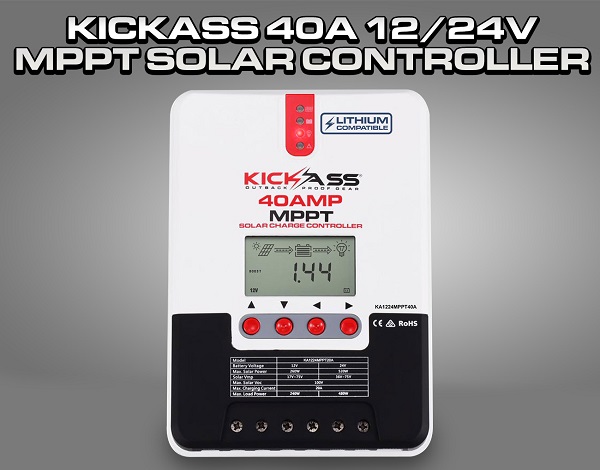
MPPT Solar Charge Controllers
The MPPT is the most recent technology developed for solar panel systems. An MPPT solar charge controller will adjust its input voltage to harvest the maximum power from the solar array and then, it will transform it to supply the lower voltages required by the batteries. In other words, MPPT controllers are able to convert the excess voltage into amperage. As a result, these types of controllers have advantages in a couple of different areas.
For one, an MPPT solar charge controller reduces the amount of power lost during the transportation of the energy from the panel to the battery. The fact that this type of controller is able to intercept the much higher voltages in the cables from the panels and then convert the excess voltage into additional amps, means that it harnesses as much of the power generated by the panel as possible.
Since the MPPT charge controller can safely deal with excess voltages, it means that it allows you to grow your system in the future. With that being said, should your power needs grow in the future, you can move from the basic 12V systems to more powerful 35+V panels without changing the controller.
Another benefit of MPPT solar charge controller is that it prevents reverse-current flow. At night, when the solar panel doesn’t collect solar energy and generate electricity, the electricity that’s in the batteries can flow back to the solar panel. As a result, the batteries get drained. And considering how the system has worked hard all day to charge the batteries, you don’t want to waste that power. What’s more, the frequent discharge of the batteries will shorten their lifespan.
However, the MPPT charge controller prevents this from happening. Once it detects that there’s no power coming from the solar panels, it opens the circuit, thus disconnecting the solar panel from the batteries and stopping the reverse flow of the current.
The only downside to MPPT controllers is that they are more expensive than PWM controllers. They are also larger in size, which means that storing them can be a problem if you don’t have the space.
PWM Solar Charge Controllers
As opposed to MPPT, the PWM doesn’t transform the voltage of the current. In fact, the PWM controller is a switch which connects the solar panel and the battery. The switch goes on whenever the battery is discharged. It flicks on and off as needed (pulse width modulation) to maintain the battery voltage at its desired level. In other words, the PWM charge controller doesn’t send a steady outputt to the battery, but rather a serious of charging pulses. As a result, there can be some loss of energy.
However, PWM solar charge controllers are only able to operate if the solar cell temperature is moderate to high (between 45°C and 75°C). If the temperature drops or exceeds this limit, the controller won’t be able to perform its job effectively. And this can cause irreparable damage to the battery. As a result, PWM solar charge controllers are considered less reliable than MPPT controllers.
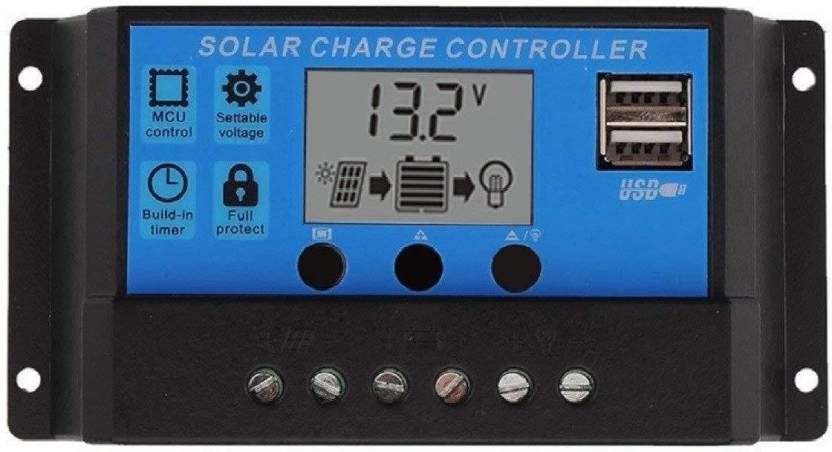
On the upside, PWM solar charge controllers are also less expensive than MPPT controllers. In addition, they are smaller and less heavy, which allows them to be easily portable and installed almost everywhere. As a result, PWM solar charge controllers are the prefered option for smaller solar panel systems and those found in motorhomes.
Final Thoughts
As you can see, what type of solar charge controller you should choose, depends on your specific situation. If you need your solar panel system to be lightweight and portable, then a PWM solar charge controller is ideal for you. On the other hand, if you’re going to be using the solar panel system for everyday residential or industrial applications, a more reliable solution is a MPPT solar charge controller.
As a proud Pisces known for the selflessness, Olivia joined up the blog fascinated by the idea she can help readers with info on topics and their related benefits like health and beauty, travel, food and drinks. When not writing, she likes to call it a day reading comic books in the company of her Tonkinese cat Chatty or binge-watching The Big Bang Theory with her SO like the nerd she is.





